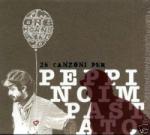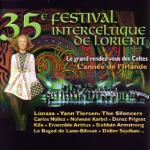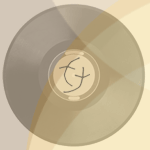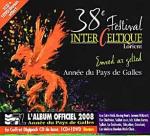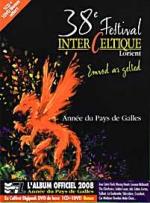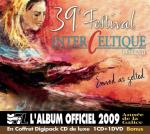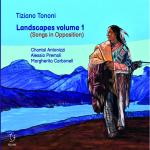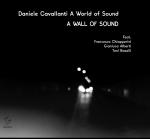
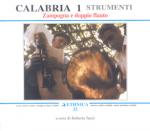
AAVV
Calabria 1 - Strumenti: zampogna e doppio flauto a cura di Roberta Tucci
TA 032
8026409303223
Taranta
Italia
Calabria 1 - Strumenti: zampogna e doppio flauto a cura di Roberta Tucci
TA 032
World Music
8026409303223
Taranta
Italia
* This publication is a re-issue of the LP Calabria 1 strumenti, issued by Fonit Cetra in 1979 in the series Sounds: Music of Oral Tradition founded and edited by Diego Carpitella. This record, which deals with the bagpipes and the double flute, is the result of a field research carried out in Calabre in the summer of 1977. The results of this research constitute the 146M collection of the Ethnic-Linguistic-Musical Archives of the National Record Library. The original LP included a short booklet, here reproduced with minimal revisions, and including a new bibliography and disco-graphy.
In Calabre the zampogna is considered the goat who plays, as described by a musician. It is an instrument having an animal-like shape and is composed of animal parts, with links to ritual and magical meanings connected to the agricultural and pastoral tradition. It’s found throughout the region and used on ritual moments marking the life cycle, in festivals related to the agricultural cycle of the year and also in daily socializing and gathering. The repertory is primarily composed of the two forms of pastorale and tarantella.
It’s found throughout the region in four different models, each generally consisting of 4 or 5 pipes (2 for the melody and 2 or 3 for the drones), ending in a bell or false bell shape, single or double reeds, along with a goat skin and accessorie.
The first type (zampogna, i suoni, karramunxat) is common in the province of Cosenza, including the towns of Albanian heritage. It has four cylindrical pipes, melodic pipes of the same length - the accompaniment pipe closed in its terminal end - simple reeds.
The second type (zampogna a chiave, ciaramedda, ciarameja) is common in the province of Catanzaro and in the northern part of the province of Reggio. It has 5 conical pipes, with the accompaniment pipe much longer than the melodic pipe and a key, double reeds. It’s a model which has similarities in other Italian regions: (Lazio, Abruzzo, Molise, Campania, Lucania).
The third type (zampogna a paro, ciaramedda, ciarameja) is common in the province of Reggio, in particular in the Aspromonte area. It has 5 pipes, of which 4 are conical and 1 is cylindrical with a small calibre; melodic pipes of the same lengths, simple or double reeds.
The fourth type (zampogna alla moderna, ciaramella) is common in the province of Reggio, especially in the communities of Greek origin along the southern Ionic coast. It has 5 pipes, of which 4 are conical and 1 is cylindrical (the principal drone, similar to that of the zampogna a paro); the accompaniment pipe is longer than the other melodic pipe and the reeds are simple.
The double flute (fischiotti, fiscaruoli) is an instrument primarily built and played by bagpipers, who play it with the same approach they apply to the melodic pipes of the zampogna. It consists of a pair of duct cane flutes ending with beaks, which are held simultaneously in the mouth, while the hands finger the respective pipe. There are two principal types: 1. Equal and parallel, 2. Unequal and diverging. In the first case the two pipes are equal and are held in the mouth in a parallel position; in the second model one pipe is bigger and longer than the other and the two are held in a diverging position.
Our Playlist
Our olaylist on Spotify, dedicated to P
re Minimalism, Minimalism and Post Minimalism.
© 2025 Felmay Srl - P.I. 06974300011 | Powered by: Riccardo Marino




















